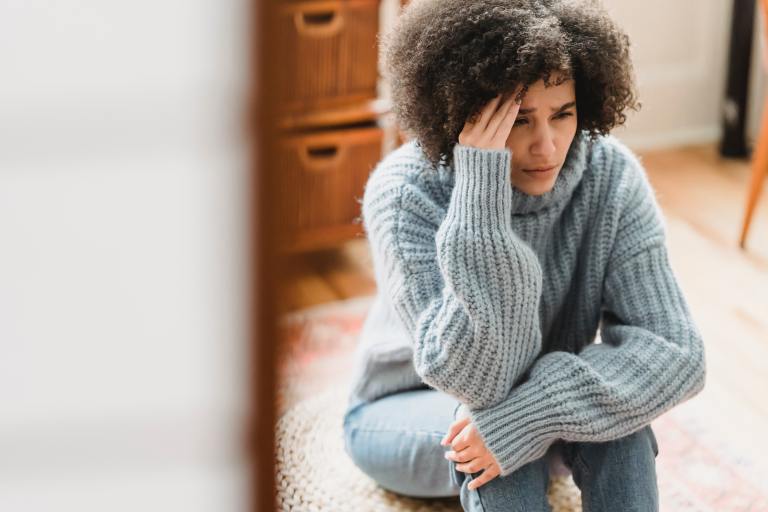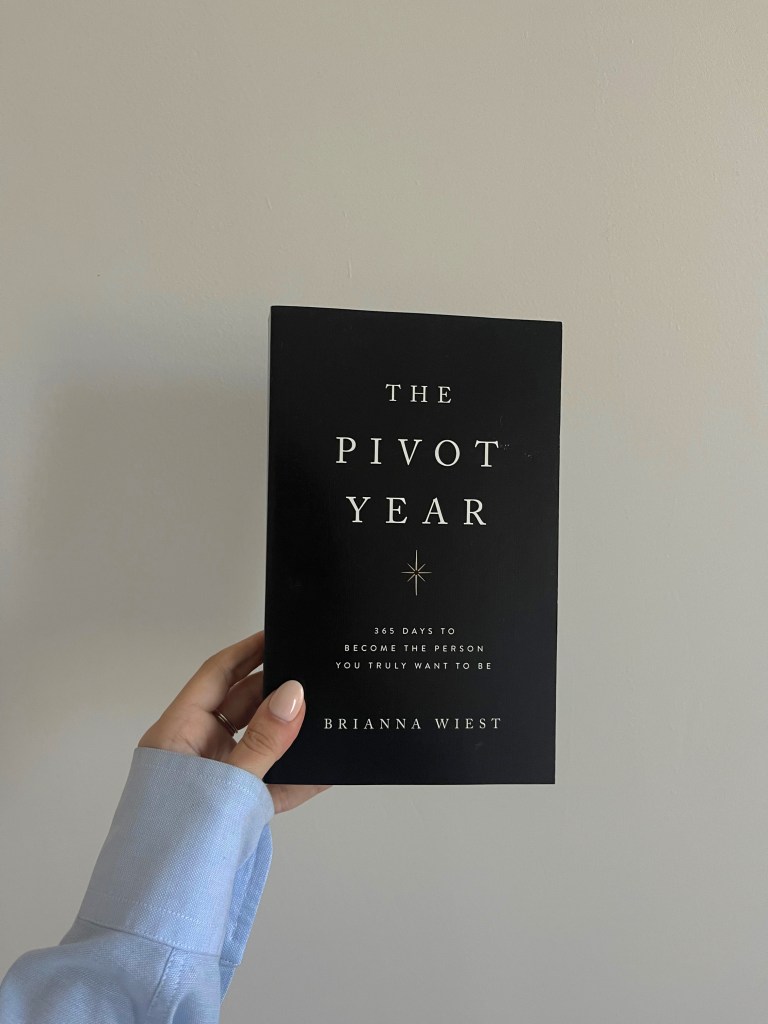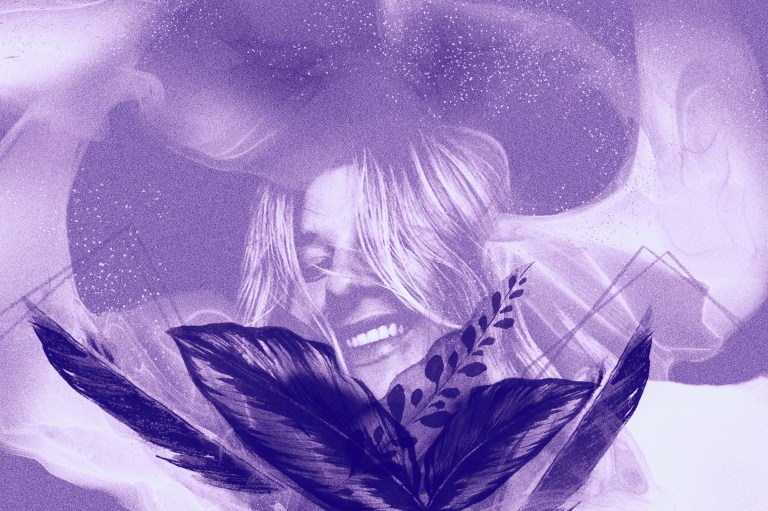Becoming Self-Aware And Removing The Mask; The Pivotal Moment Of Change
Although I developed a successful career, I felt void as I missed out on the simple beauties and pleasures of everyday life; conversations with family members, enjoying a Sunday brunch with friends, admiring the beautiful collections at the Metropolitan Museum of Art, and a long-term relationship dissolved.

As far as I can remember, I have lived in my head with deep introspection. But I didn’t even realize the extent of it until recently because it was the only way I knew myself. Subsequently, after taking years to chip away and come to the surface, this new sense of self-awareness has remarkably unfolded within only a few months.
Upon careful review and reflection, I’ve been able to transmute and heal from these deep-seated, buried feelings. It’s the light of others or situations that shines bright on our wounds. Once we’re able to make peace with those splintered parts, something shifts inside and there is no going back to old habits and patterns. Does it take maintenance and commitment to let tranquility be the overarching feeling rather than terror? Yes. But it is possible and it could literally click in however much time we decide; a day, a month, a year, a lifetime. It’s only in our control if we remain in the dark and hide behind layers of heavy drapery.
Going on the premise that life itself is a neutral medium, it is up to the individual to create their experiences through a positive or negative lens or at least somewhere in between. The human mind can be quite convincing; it knows how to feed on our insecurities, create scenarios that are removed from reality, and tell us lies in order to talk us out what actually could be good for us. With acknowledgment that when our personal radio stations get to be overbearing, we have the power of pulling the plug.
For many years, I was a workaholic and could only find relief from myself by keeping so busy to the point of utter exhaustion. It started at eleven years old when my mother went back to work. I assumed the domestic responsibilities such as cooking, cleaning, care-taking, and weekly food shopping for my immediate family.
During high school, I continuously balanced housework with homework and a variety of after school jobs. By 18 ½ years old, I moved out and lived in an apartment by myself. Both undergraduate and graduate school schedules were packed with the maximum number of credits. The rigor of artistic and academic studies along with hours spent in the studio, exhibiting in and co-curating art exhibits, leadership roles, student teaching, internships, volunteerism, scholarly readings, research, and writing and long commutes were the norm.
Pair all of this with three and a half years as the night shift receptionist/secretary in an office near Central Park. The following three years were spent as Program Coordinator and scholarship recipient for a national organization in which I provided art and museum educational experiences to adolescents. Event previews and coverage also occupied me as a freelance writer. This was how I supported myself throughout a combined six years of university. There was gratitude for these enriching opportunities but it took its toll… on average, my days were 16 hours long with lots of sleep deprivation.
By the age of 24, I held four jobs at overlapping times. I worked the summer as a pre-college programs Professor and by September, began my career as a full-time art educator in public high school. Additionally, I continued my duties as Project Coordinator of the art program during my first year of teaching and occasionally published articles. Long commutes in rush hour traffic continued. Burnout… and this was just the beginning.
In my late twenties, the pain of going against my natural grain as a nurturer and woman of the house came to a head. With determination, I started to peel away at the layers and took responsibility for why I behaved as such. Although I developed a successful career, I felt void as I missed out on the simple beauties and pleasures of everyday life; conversations with family members, enjoying a Sunday brunch with friends, admiring the beautiful collections at the Metropolitan Museum of Art, and a long-term relationship dissolved. Although I had immense appreciation for my education and career success, the biggest lessons that needed studying and attention were those of self-nurture and no longer keeping up with appearances.
Depending on how well we’ve learned to wear an exterior mask of pleasantries and cordial discourse when interacting with others, it becomes the easier route of keeping others at a distance and not involving them in our private worlds. However, others operate by letting it all hang out and their inner monologues become a theatrical performance in the presence of others. There is no value judgment on either mode of self-presentation while interacting in the world on a daily basis. But there comes a point where it becomes absolutely exhausting. Once we start making peace with how much of our authentic selves we’d like to reveal to others and what feels appropriate in our own personal contexts, there is a great sense of relief that follows.
From a young age, I assumed the role of being the caretaker of the family and within my circle of friends throughout adolescence and adulthood. It came naturally to me and I was happy to help others. They would talk and I would listen. Advice would come and I would share what I felt. Only recently, I have decided to help myself. It’s funny how we can easily assist others, but don’t understand what is essential and necessary for our own well being. This is the beauty of the human experience — a collective sharing. Finding our inner strength not only saves ourselves, but can be shared with others when we choose to do so. ![]()




